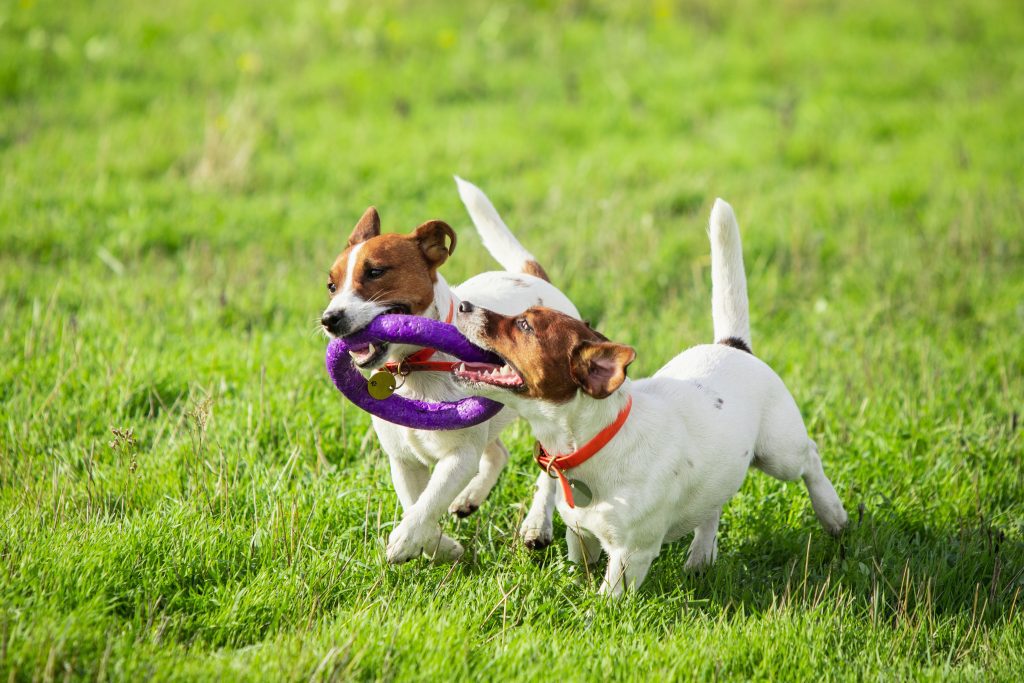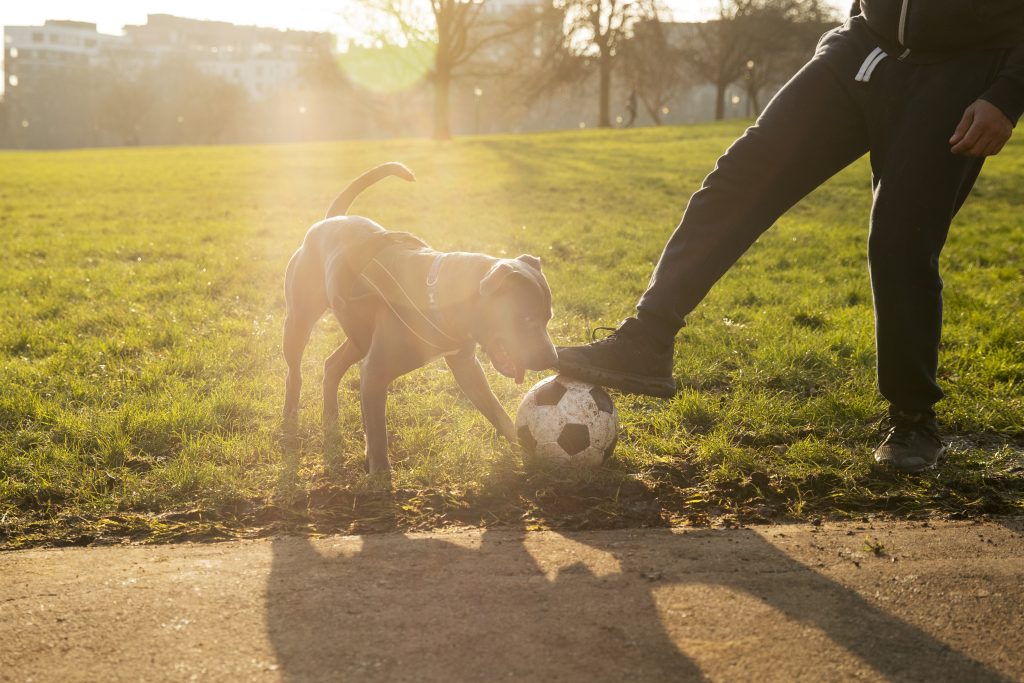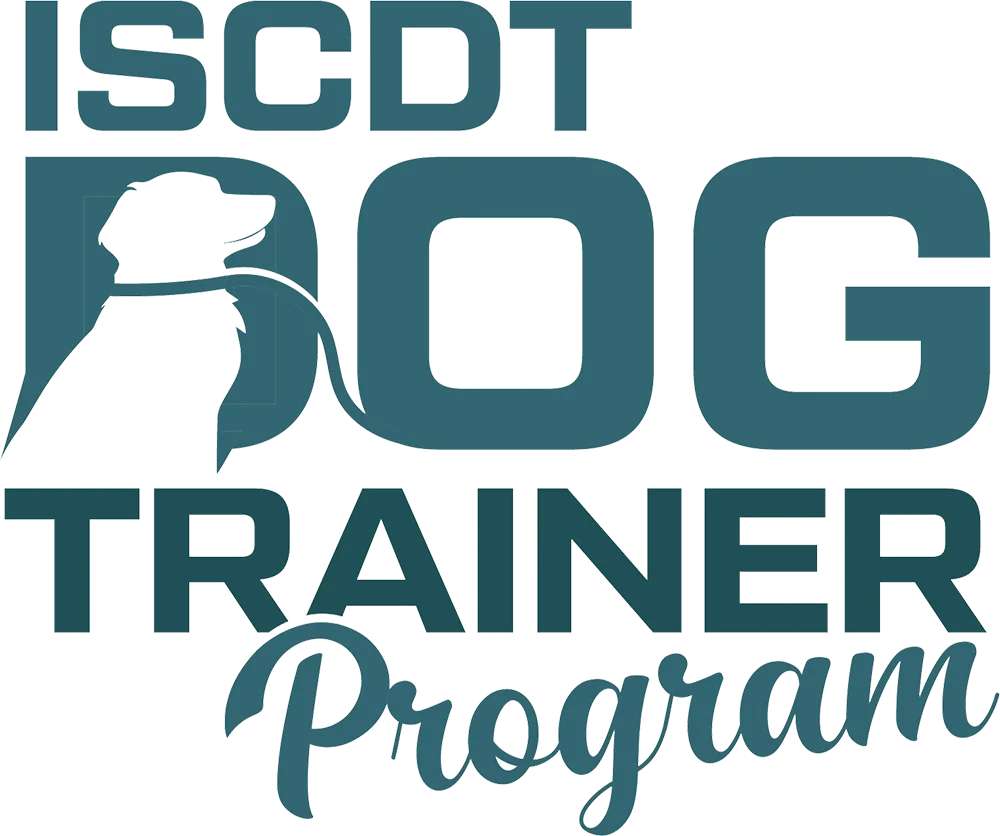Preventing Ingestion of Harmful Items

Teaching the “leave it” command when training dogs is crucial for several reasons. This command is rooted in the safety and well-being of both the dog and its environment.
Dogs are naturally curious and often explore the world with their mouths. Many pick up objects that can be dangerous or toxic, such as:
- Hazardous Foods: Chocolate, grapes, avocado, and other foods that are toxic to dogs.
- Objects: Rocks, mulch, sticks, kid’s toys, razor blades (sounds crazy, but they eat them), and other items that can cause injuries.
- Chemicals and Medications: Household cleaners, antifreeze, medication,or any substance that can be poisonous.
By teaching “leave it,” you can prevent your dog from ingesting something that could harm or even kill them.
Avoiding confrontations with other animals
Dogs may be inclined to approach or pick up items belonging to other animals, such as toys, food or bones. Every day trainers get calls from frustrated owners looking for the dog to leave their cats and/or older dogs alone. Chasing, nipping, cornering these small or older animals is upsetting to owners. It is also upsetting to these pets who didn’t ask for a puppy to join their home.
When you see a dead bird or rodent on the ground, you have to ask yourself how they died. Was the rat poisoned? What happens if your dog guts it, will your dog suffer the effects from that poisoned rat? What happened to that bird. Was it bird flu?
Recently I learned of a dog who was viciously attacked by a deer. Miraculously the dog survived being stomped on by the deer, but the family is still waiting to see if the brain was damaged.
You may disagree with me, but I feel when it comes to importance of training, leave it falls just below recall commands. There are situations where leave it is more important than recall. It depends on the dog and the situation.
When it comes to confrontations with other animals, “Leave it” can help:
- Preventing Fights: Avoiding territorial or resource-guarding disputes with other dogs or animals. Stopping playtime before the situation grows tense between the dogs.
- Protecting Wildlife: Preventing your dog from chasing or harming wildlife.
Promoting good manners and respect for boundaries

“Leave it” helps in teaching dogs not to take things that don’t belong to them. This is particularly important in high traffic households and homes with children, where the dog might be tempted to take food, toys or other personal items.
It also teaches dogs that pushy behavior will not be tolerated. Dogs who attempt to get attention by excessively licking, barking or pawing at someone, whether it be a guest or the owners.
Equally important, “leave it” can stop dogs from chewing items such as shoes, socks, pillows, furniture, etc. It can also correct digging, sniffing through bags, licking dishes in the dishwasher, drinking out of the toilet and other rude behaviors.
Managing and redirecting prey drive
Dogs with a high prey drive may be tempted to chase small animals, bikes, strollers or even cars. “Leave it” can be a lifesaving command in these situations, allowing you to redirect your dog’s attention away from potential dangers.
Enhancing focus and impulse control
Training “leave it” reinforces impulse control and teaches your dog to listen to you despite distractions. This can lead to better overall obedience and focus, making it easier to manage your dog in various situations. “Leave it” is a versatile command that also plays a crucial role in advanced dog training, such as sporting, hunting, therapy and service dog training.
Sporting dogs, such as those participating in agility, obedience or flyball, need to have excellent impulse control and focus.
Hunting dogs, must work efficiently and safely in various environments.
Service dogs need to perform tasks reliably and safely for their handlers.
Training Tips for “Leave It”
- Start Small: Begin with low-value items and gradually increase the difficulty by introducing more tempting objects.
- Reinforce: Reward your dog with treats, praise or a favorite toy when they successfully follow the “leave it” command.
- Be Consistent: Practice regularly in different environments to ensure your dog understands the command in various contexts.
- Stay Patient: Some dogs may take longer to learn this command, especially if they have a strong natural curiosity or prey drive. Persistence and patience are key.
In summary, “leave it” is not just a command; it’s a vital part of keeping your client dog safe, well-mannered and under control in various situations. It enhances their ability to focus, makes interactions more positive and ultimately contributes to a better relationship between your human and canine companion.
Leave it is one of the basic obedience commands taught in ISCDT’s Dog Trainer Program. Looking to work as a professional dog trainer. We can help you accomplish that goal with our accredited and affordable course. Visit us at iscdt.com.
What are challenges you faced when teaching your dog to “leave it”? How did you overcome those challenges? Comment below.
